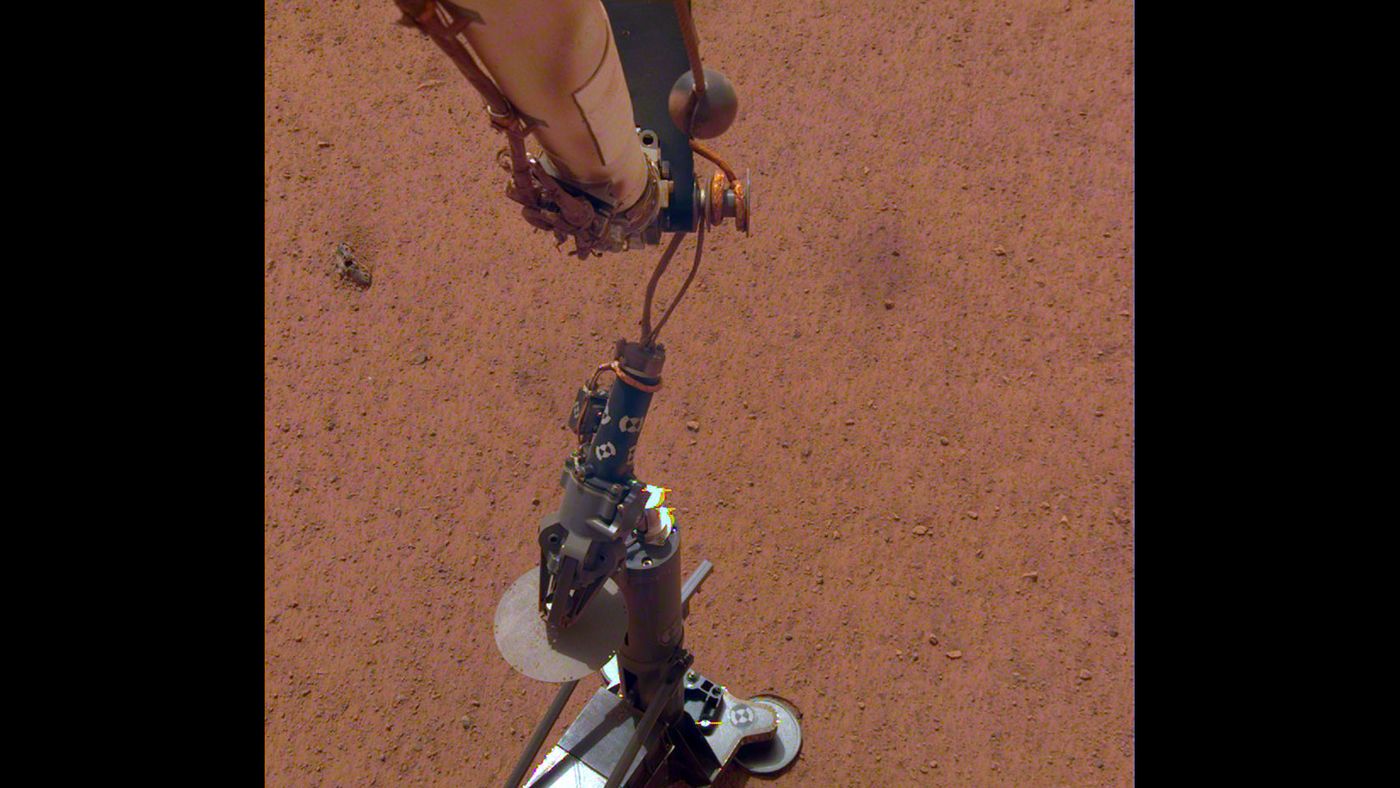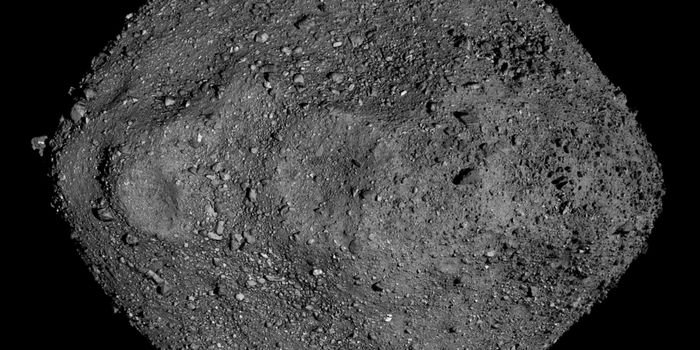Heat Probe On NASA's InSight Lander Halts Digging Amid Unexpected Obstacle
NASA’s InSight mission touched down on the Martian surface just over three months ago, and as you might come to expect, the lander has been somewhat busy setting up camp at its landing spot ever since.
Image Credit: NASA/JPL-Caltech/DLR
InSight began by deploying its seismometer instrument approximately one month after landing on Mars, but that was only the beginning. Another critical component of the InSight mission is to analyze Mars’ internal planetary temperatures with a heat flow probe called the Heat and Physical Properties Package.
InSight’s heat flow probe is designed to operate at 16 feet (5 meters) underground, which means the lander will need to penetrate its way down into the surface if we should ever hope to capture viable measurements. NASA recently ordered InSight to commence this digging process, but as it would seem, those efforts have been halted due to unexpected complications.
In a statement released just this week by NASA’s Jet Propulsion Laboratory, we learn that InSight’s heat flow probe made it approximately 75% of the way out of its protective housing before all progress came to a screeching halt. The instrument’s tip is being met with resistance from something beneath the Martian surface, such as a concealed rock or gravel.
NASA specifically chose InSight’s particular landing spot because satellite imagery gave the impression that it would be mostly free of such obstructions; that said, looks can be deceiving. Given the circumstances, engineers are pumping the brakes a bit to re-analyze the situation, and with a little luck, perhaps they’ll discern a way to resolve the issue.
“The mole is healthy and performed a round of hammering on the weekend. It has, thus far, continued to work against some resistance without clear evidence for progress,” elucidated Heat and Physical Properties Package principal investigator Tilman Spohn. “The team has therefore decided to pause the hammering for about two weeks to allow the situation to be analyzed more closely and jointly come up with strategies for overcoming the obstacle.”
Related: Learn more about NASA's plan to drill deeper into the Martian surface than ever before
Despite the apparent hurdle, NASA says the probe itself is working as designed and that it’s being calibrated as we speak by fluctuations in surface temperature through a property dubbed thermal conductivity. After it gets where it’s supposed to go, these calibrations will help NASA discern ordinary readings from unusual ones, and this will give scientists the data they’re looking for.
It should be interesting to see how engineers will respond to the situation; after all, it’d be a crying shame if InSight couldn’t get its heat flow probe in place.









